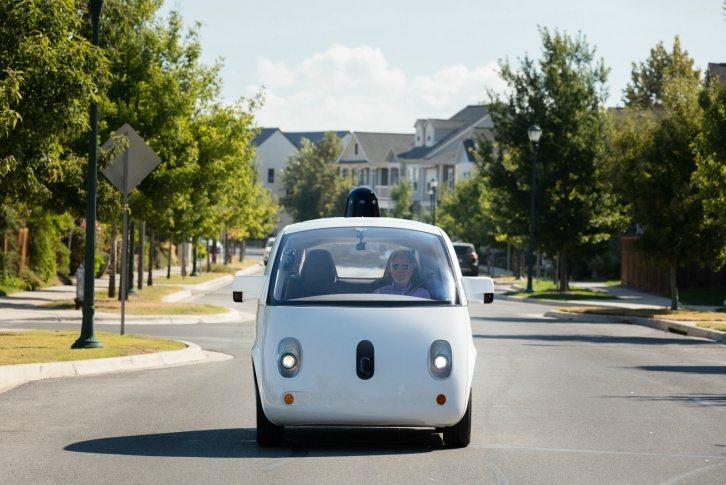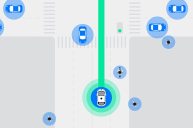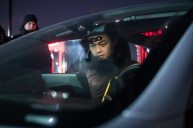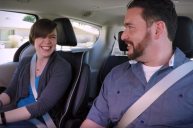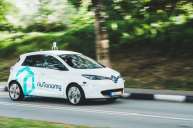Blind people, longtime advocates of autonomous driving technology, are wondering if the speed of innovation will match their pace for progress.
Since the release of a viral 2012 Google video depicting a legally blind man named Steve Mahan driving an unassisted Google vehicle through a Taco Bell drive-thru, many blind advocates have continued to push for innovation.
These efforts have included the fight by advocates calling for accessibility features and bans on laws banning blind people from driving.
In 2015, blind GM employees also pushed for blind optimized smartphone apps, leading a paradigm shift in how location data is communicated to blind users, with comparable features to those with eyesight.
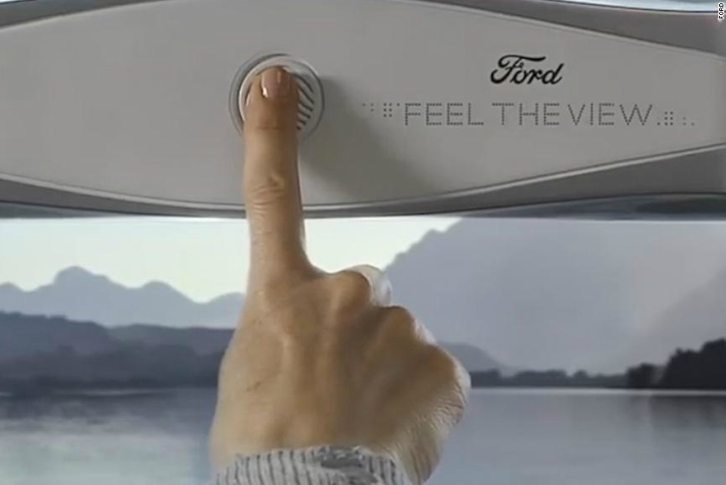
Very few electric vehicle automakers have also solicited feedback in more formal settings, such as Cambridge, Massachusetts-based Optimus Ride's Oct. 2016 feedback session with Perkins School for the Blind students in a test drive on its campus.
Others have focused on sensory devices, such as Ford's recent prototyping of smart window "Feel Your View," which generates haptic, visual language of the scenery around the vehicle using a mounted touch-device.
Currently, there are roughly 1.4 million legally blind people in the country. Here's to advanced progress for an extraordinary group of people.
NEXT: NATIONAL GEOGRAPHIC'S TAKE ON ONE OF THE WORLD'S MOST DANGEROUS ROADS
WATCH
